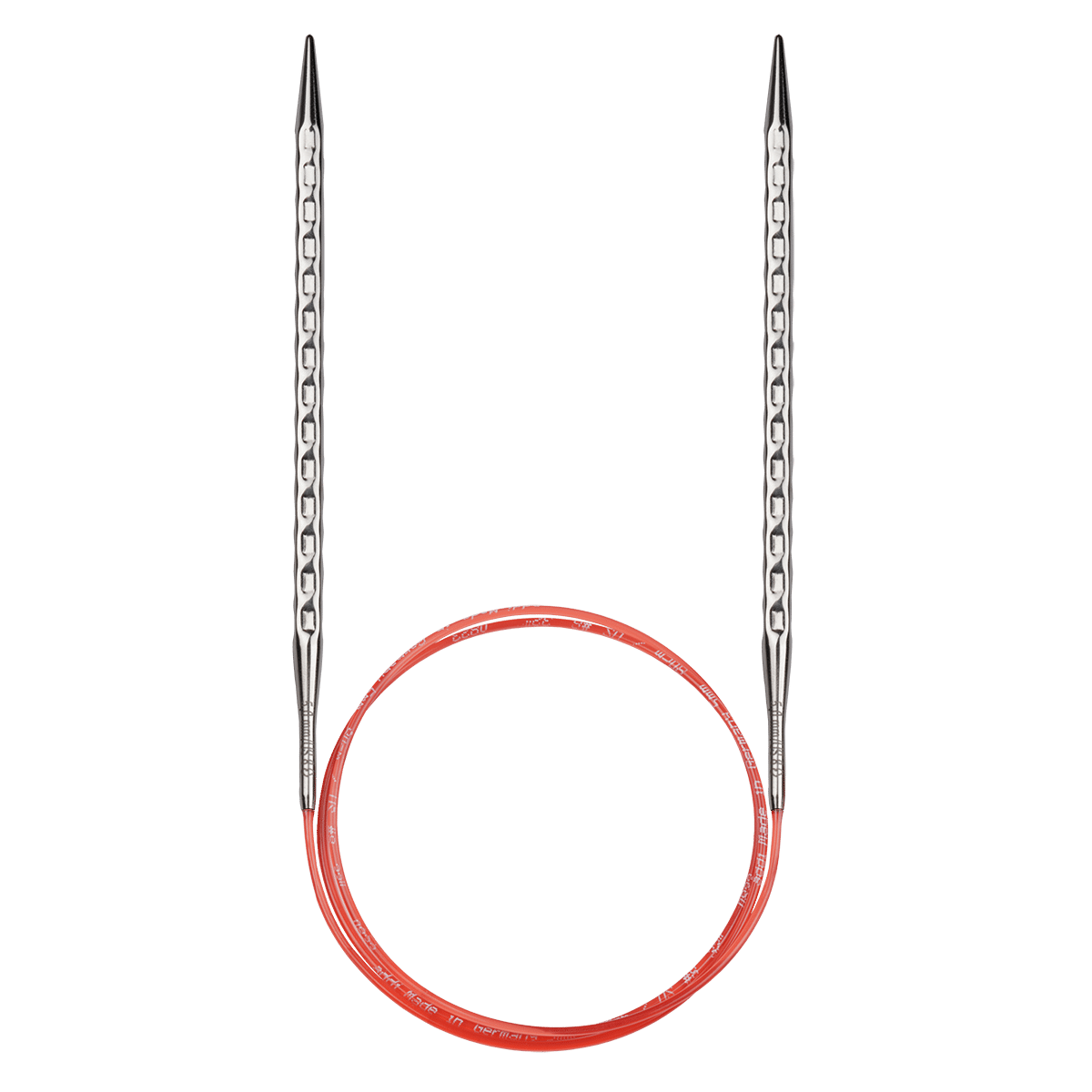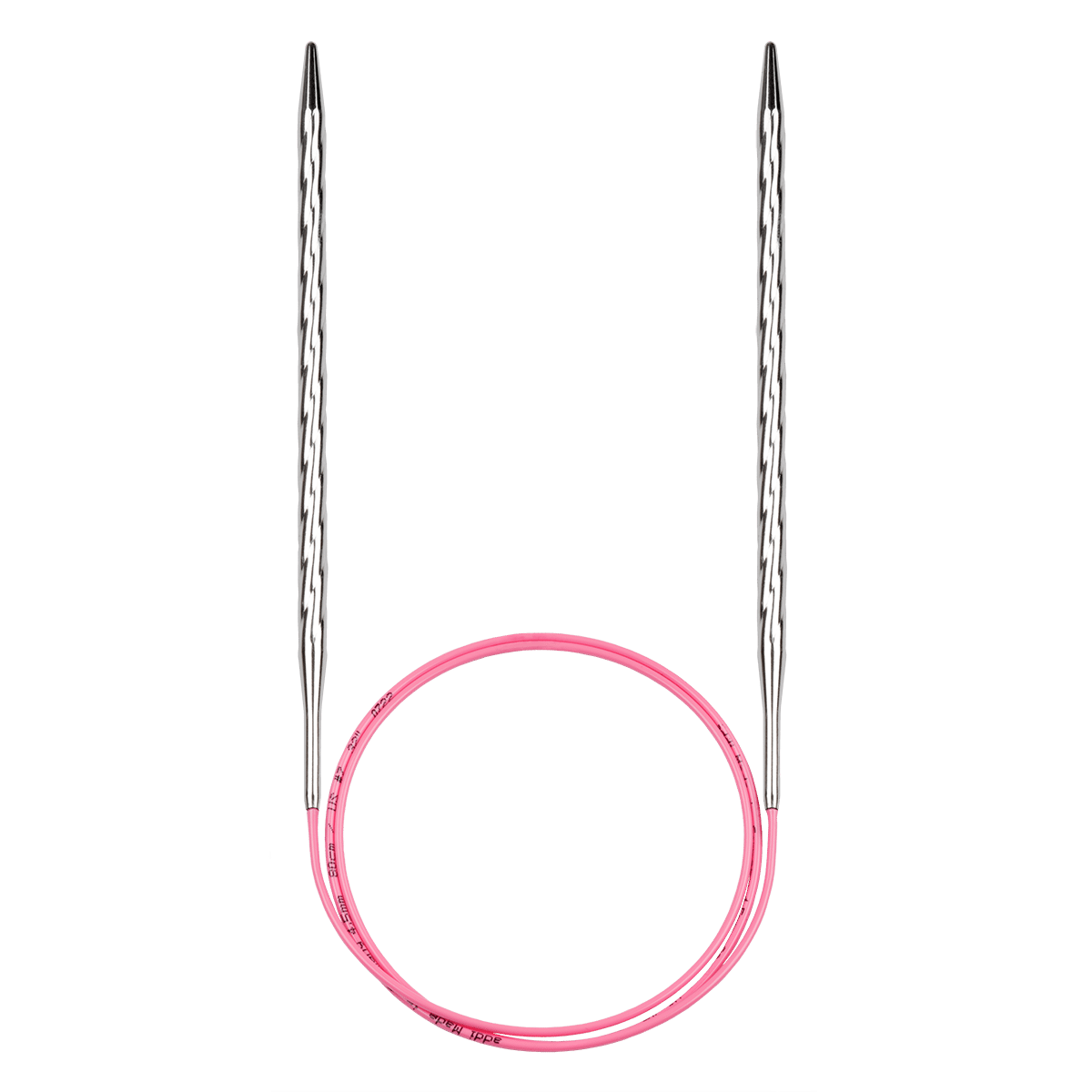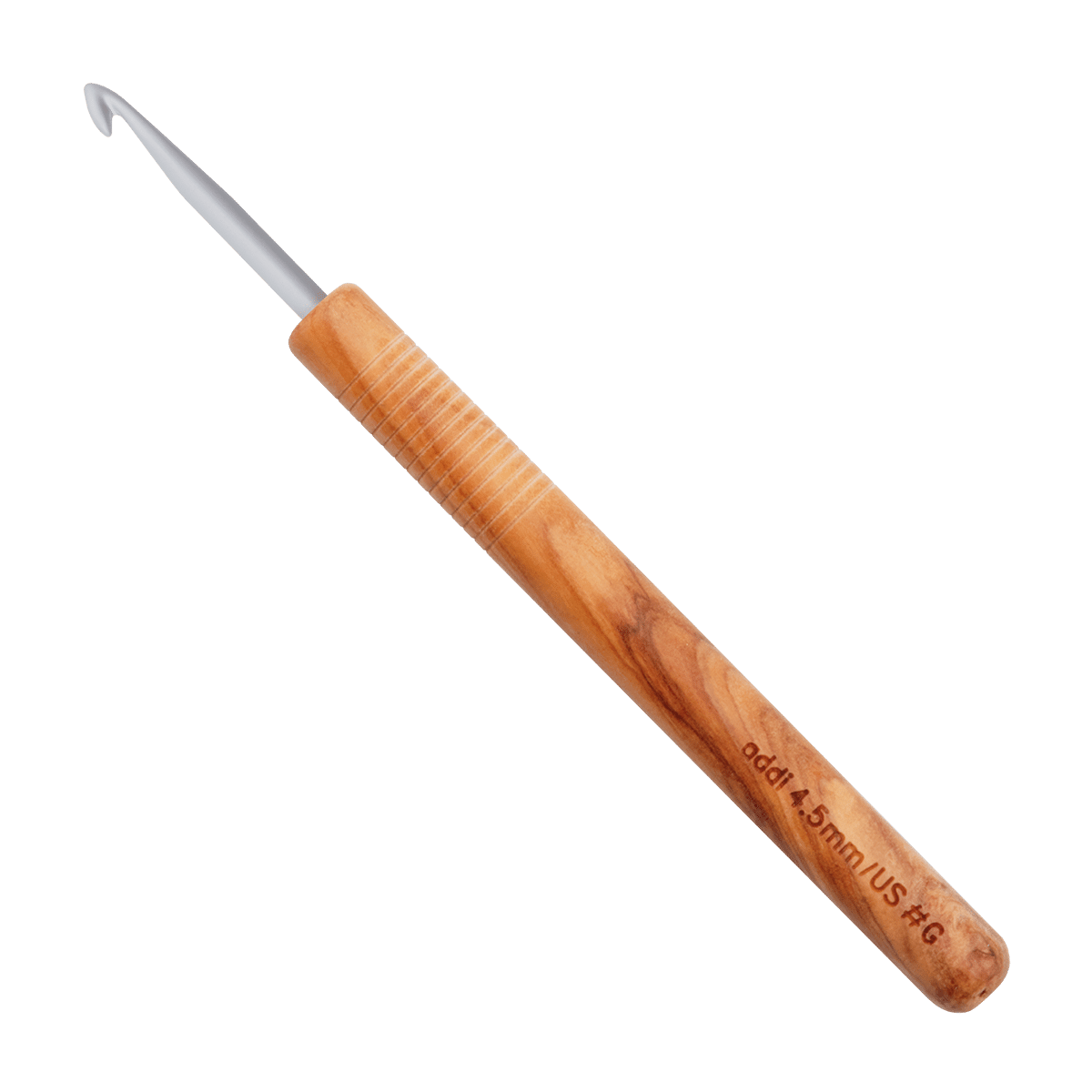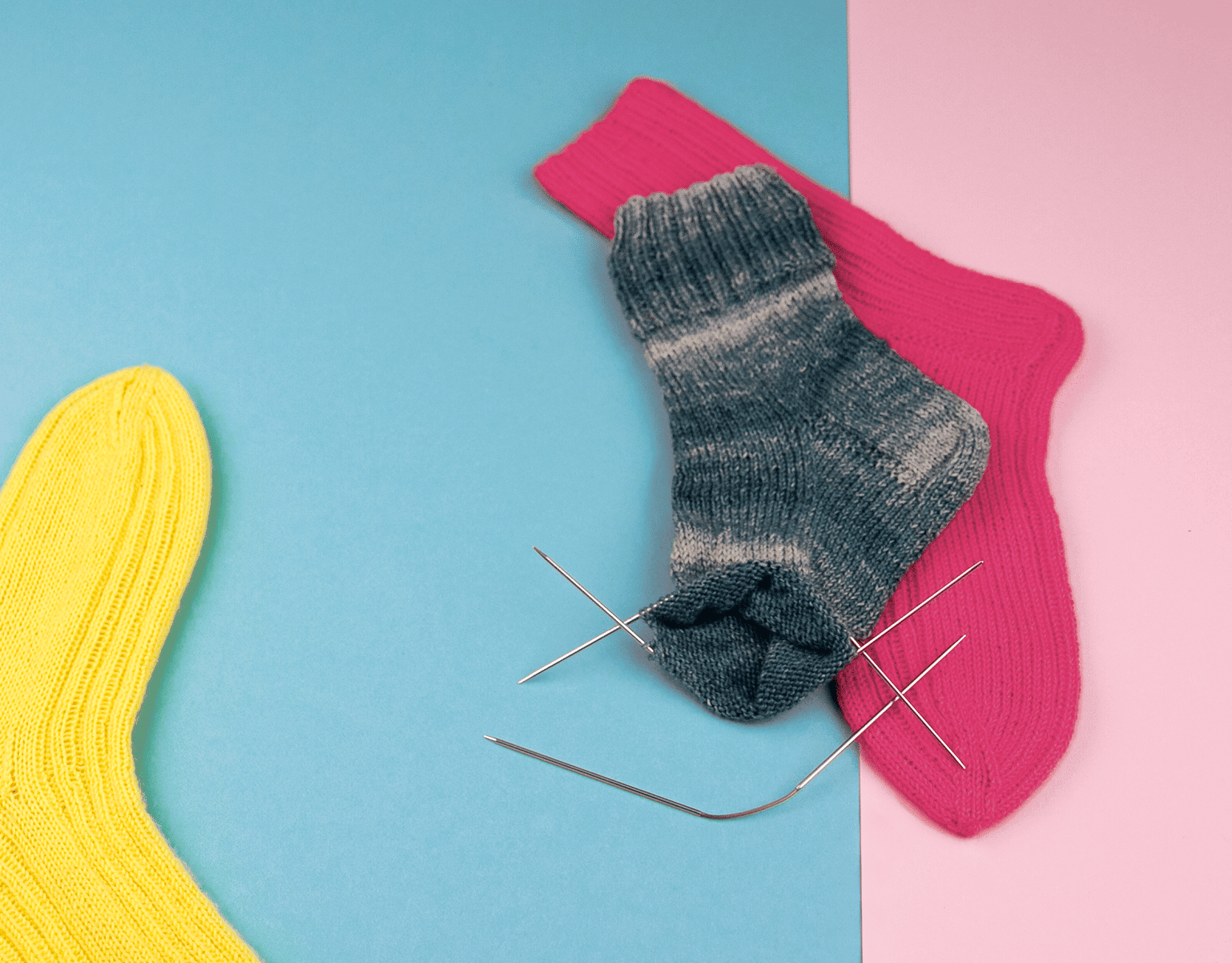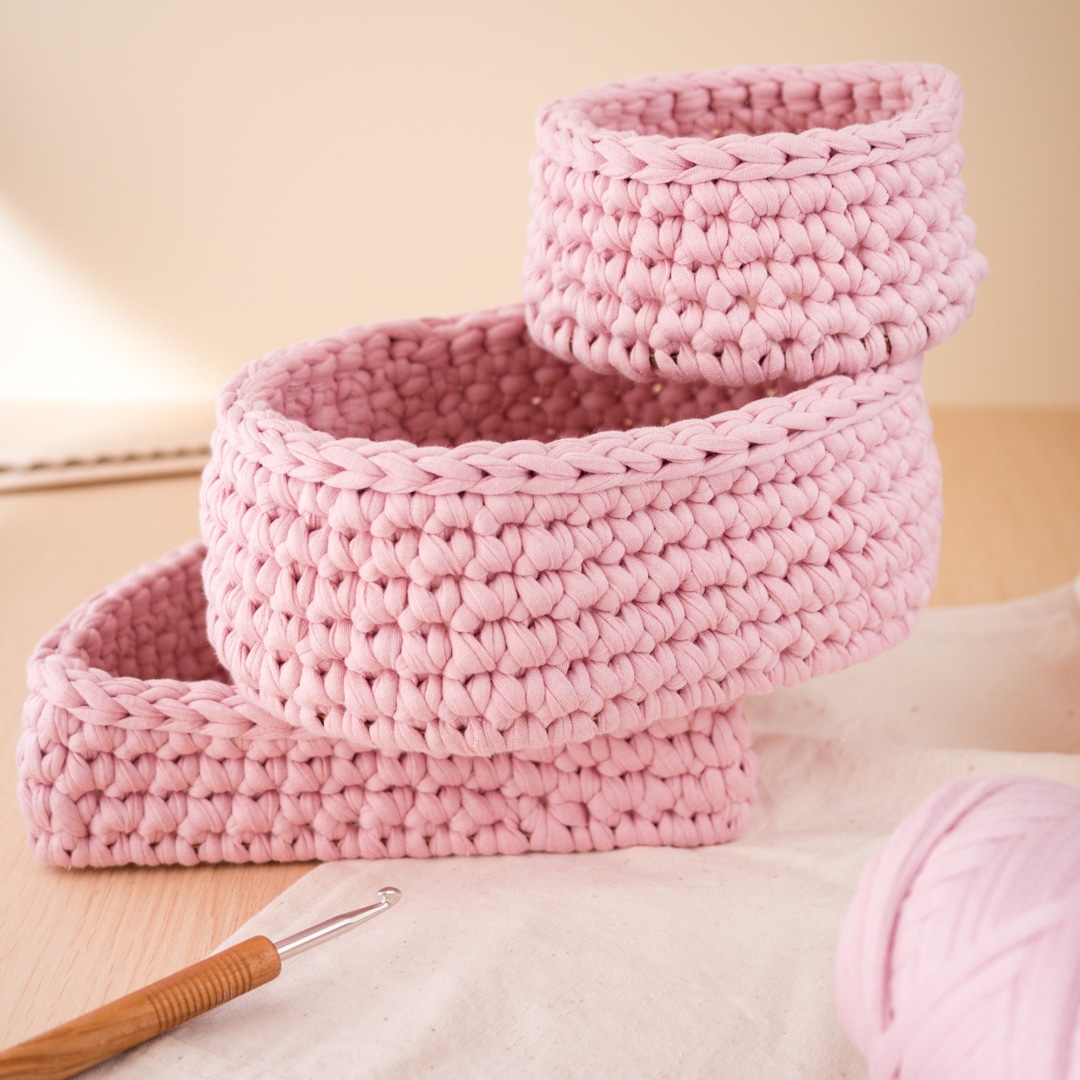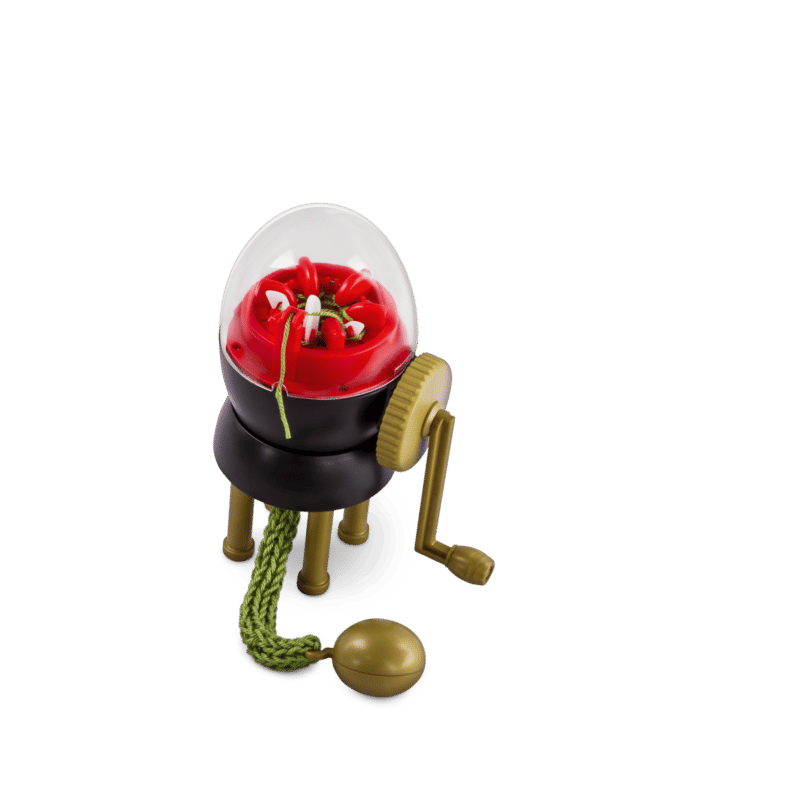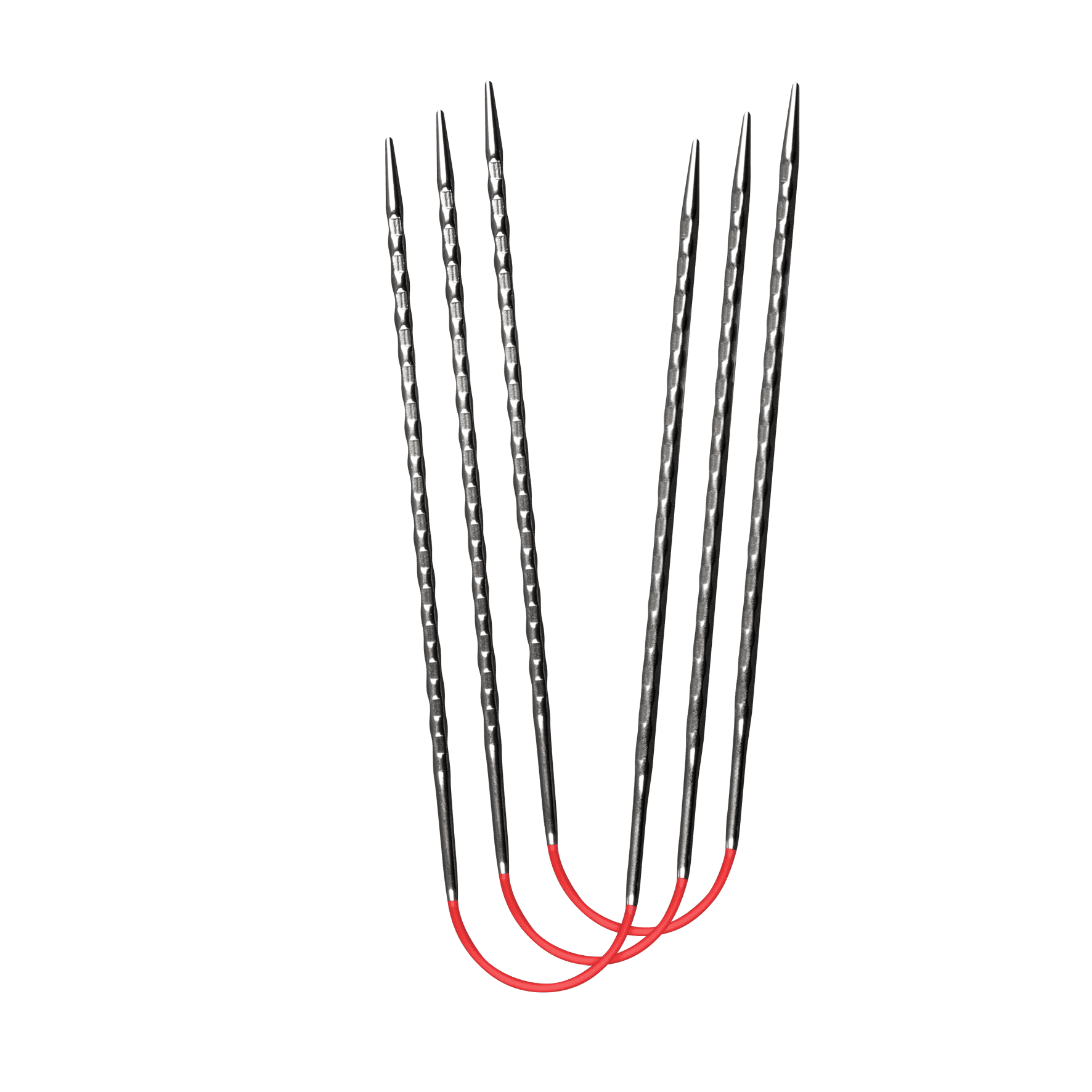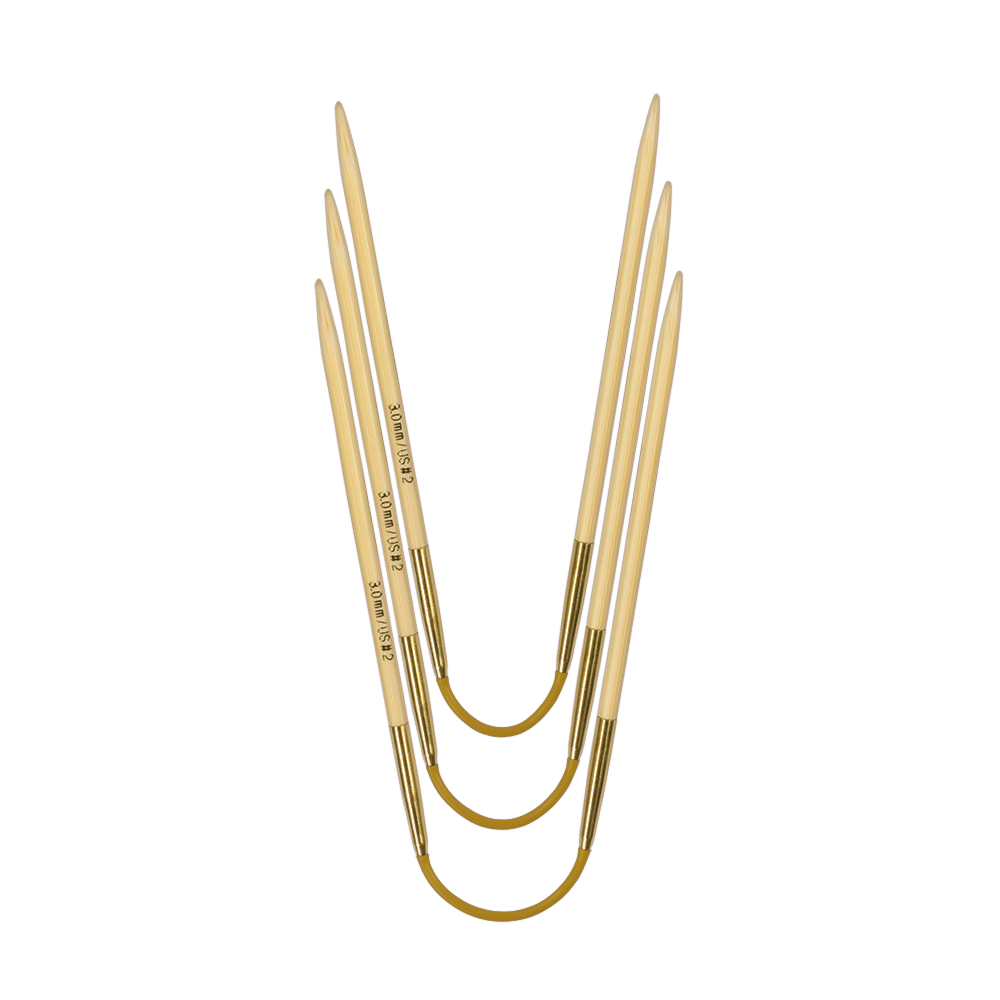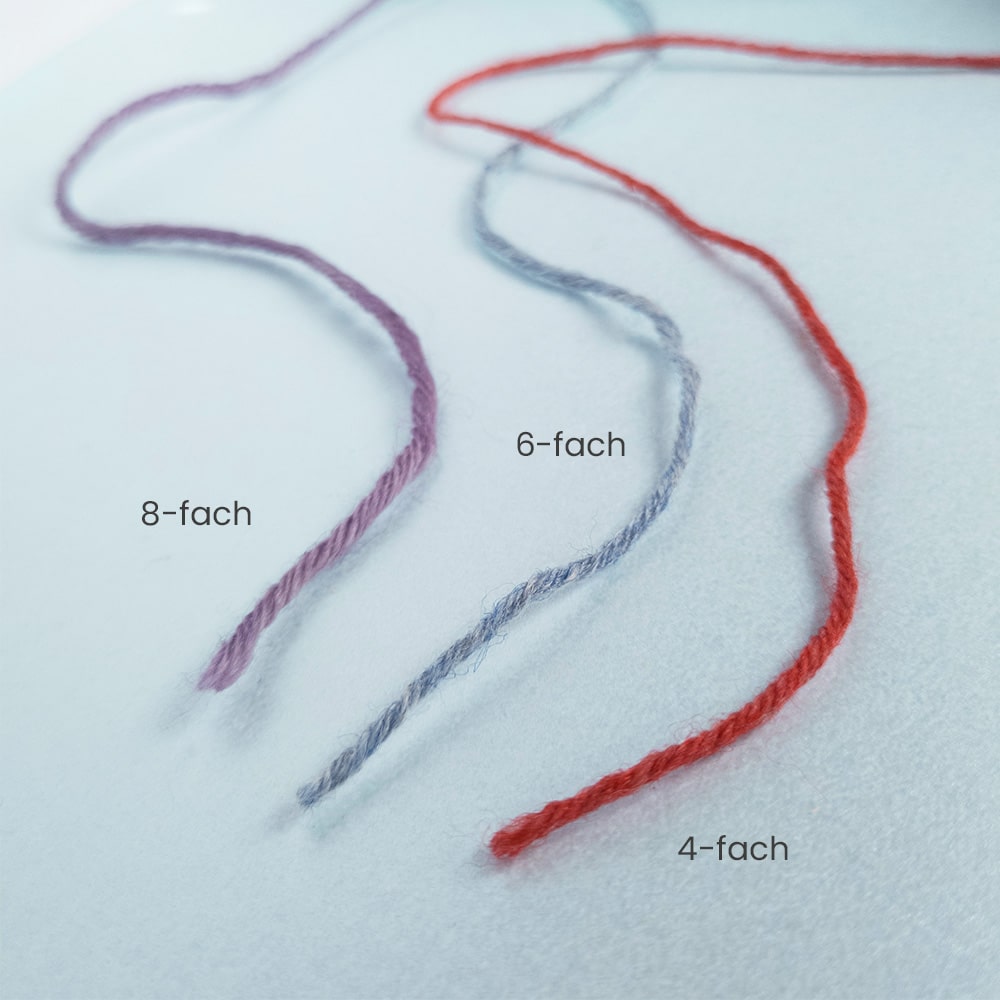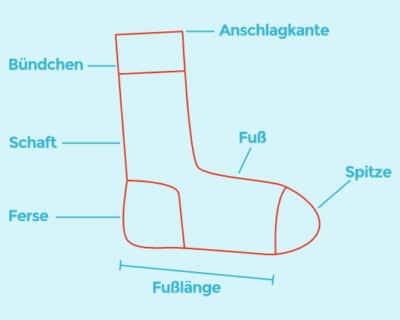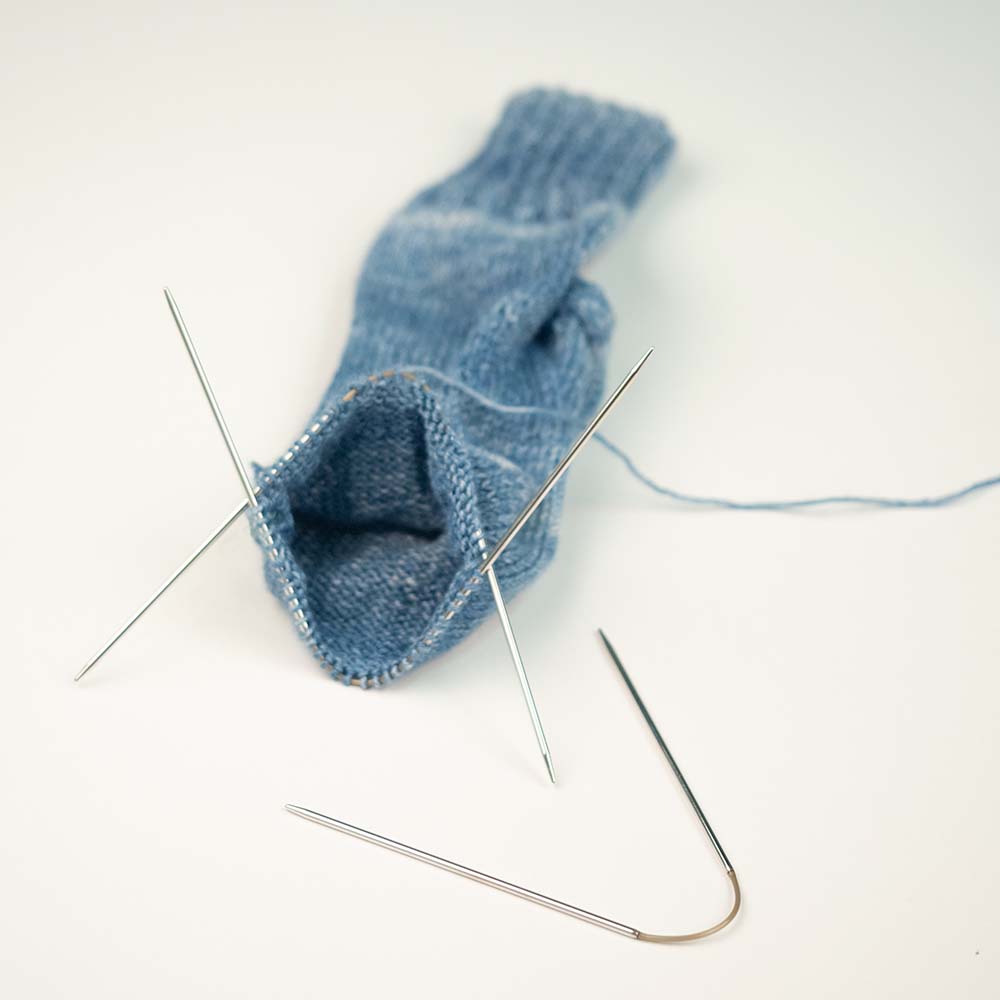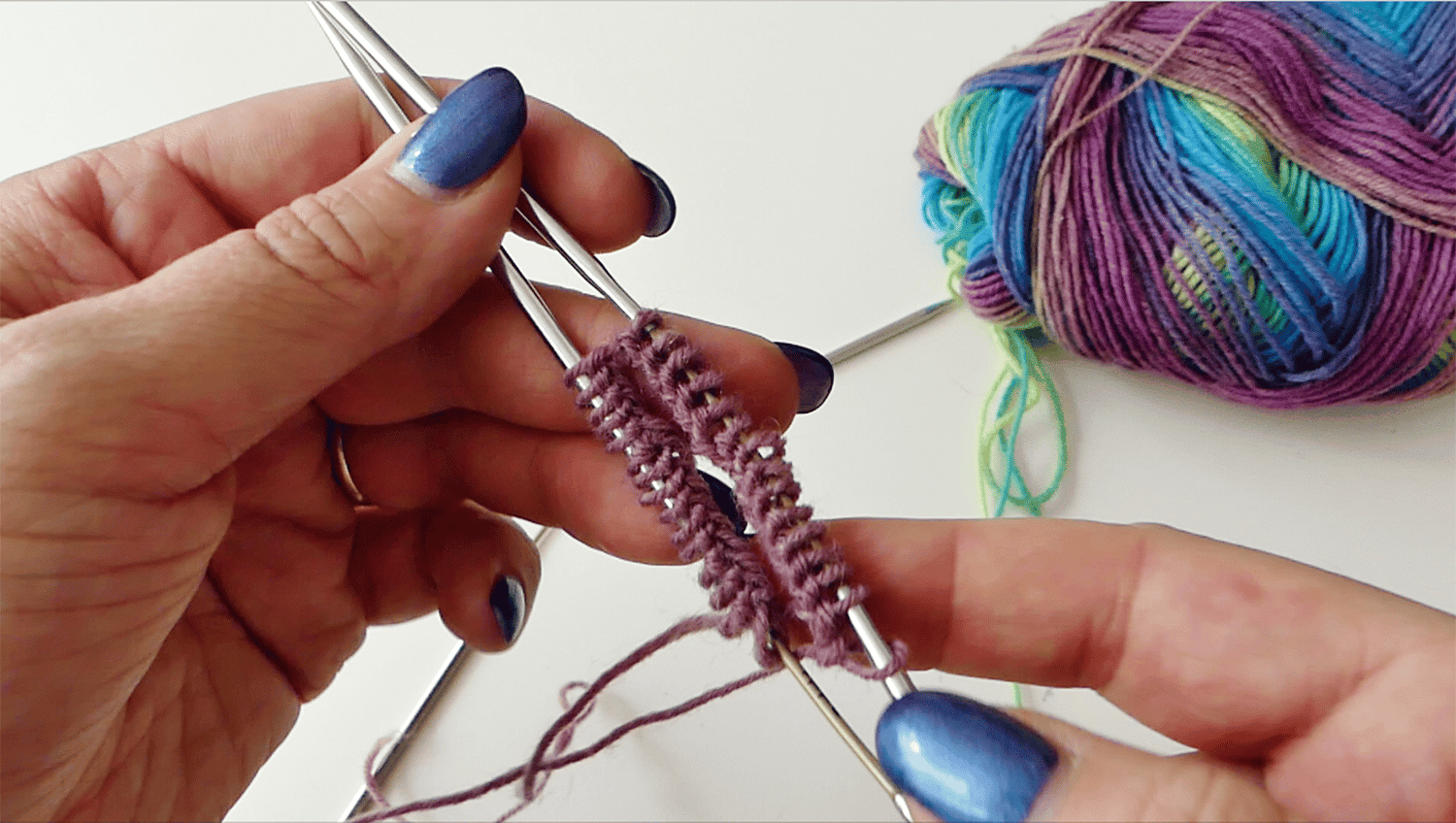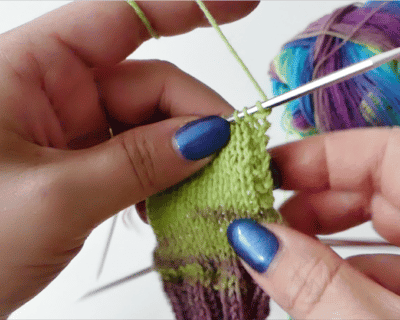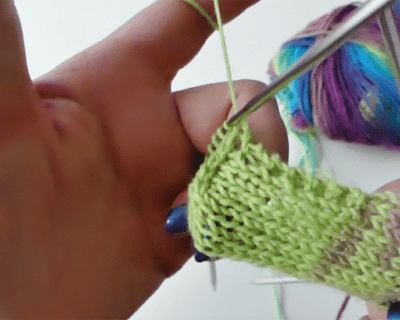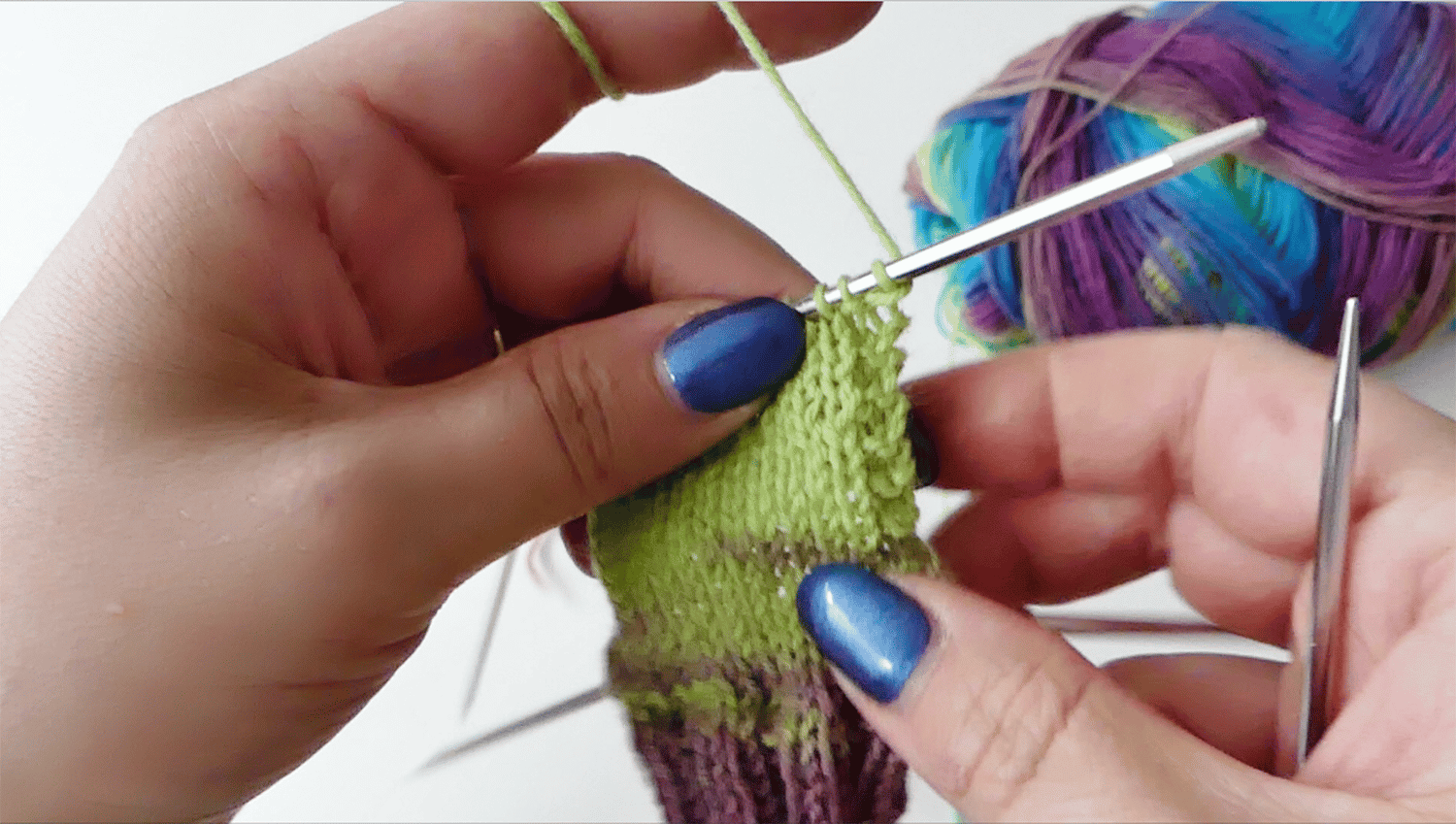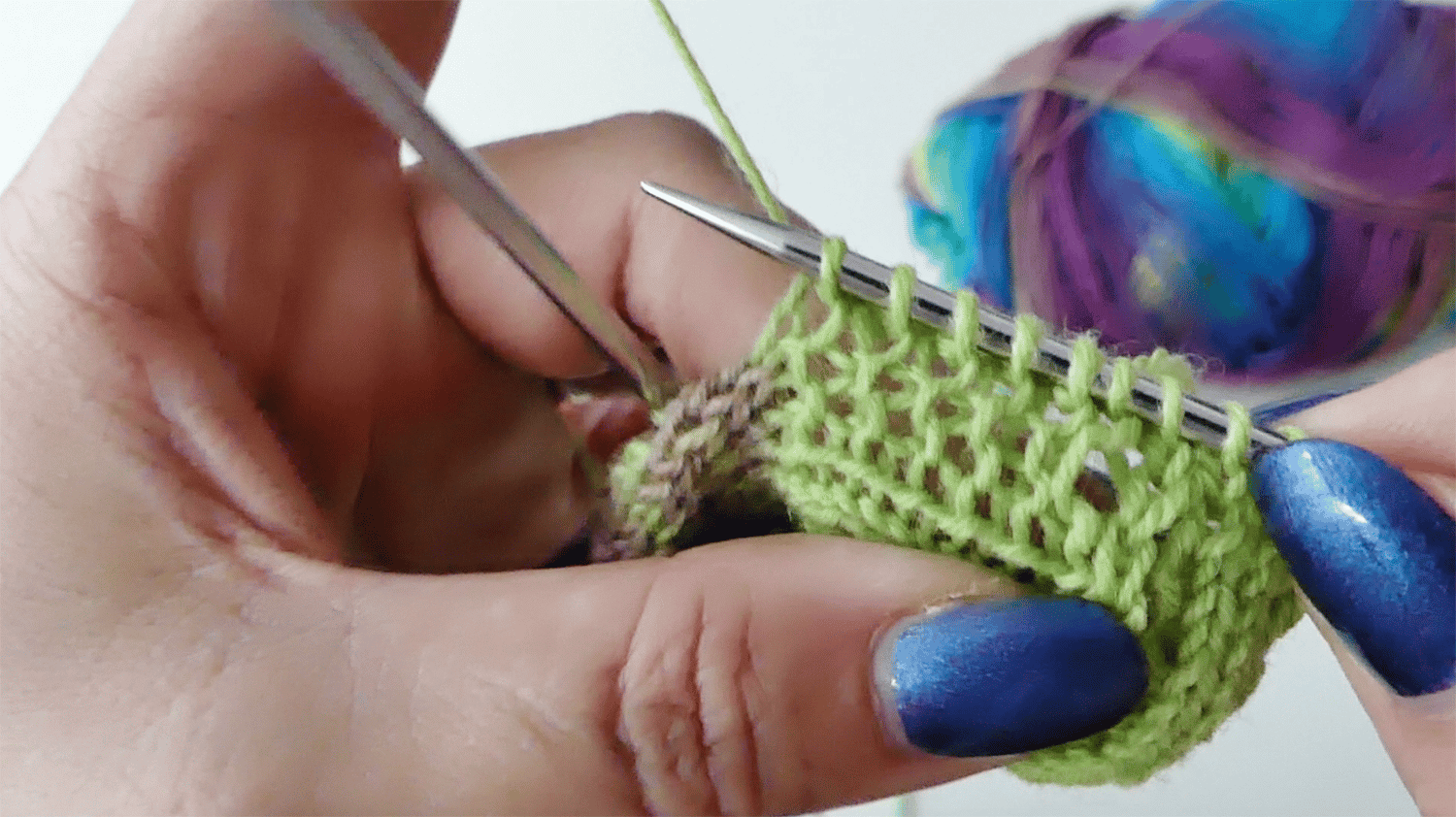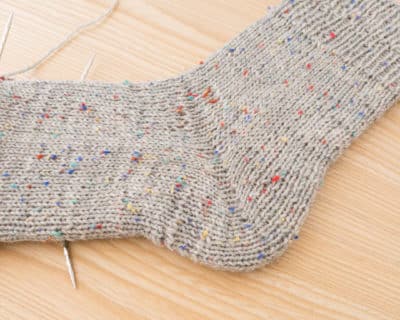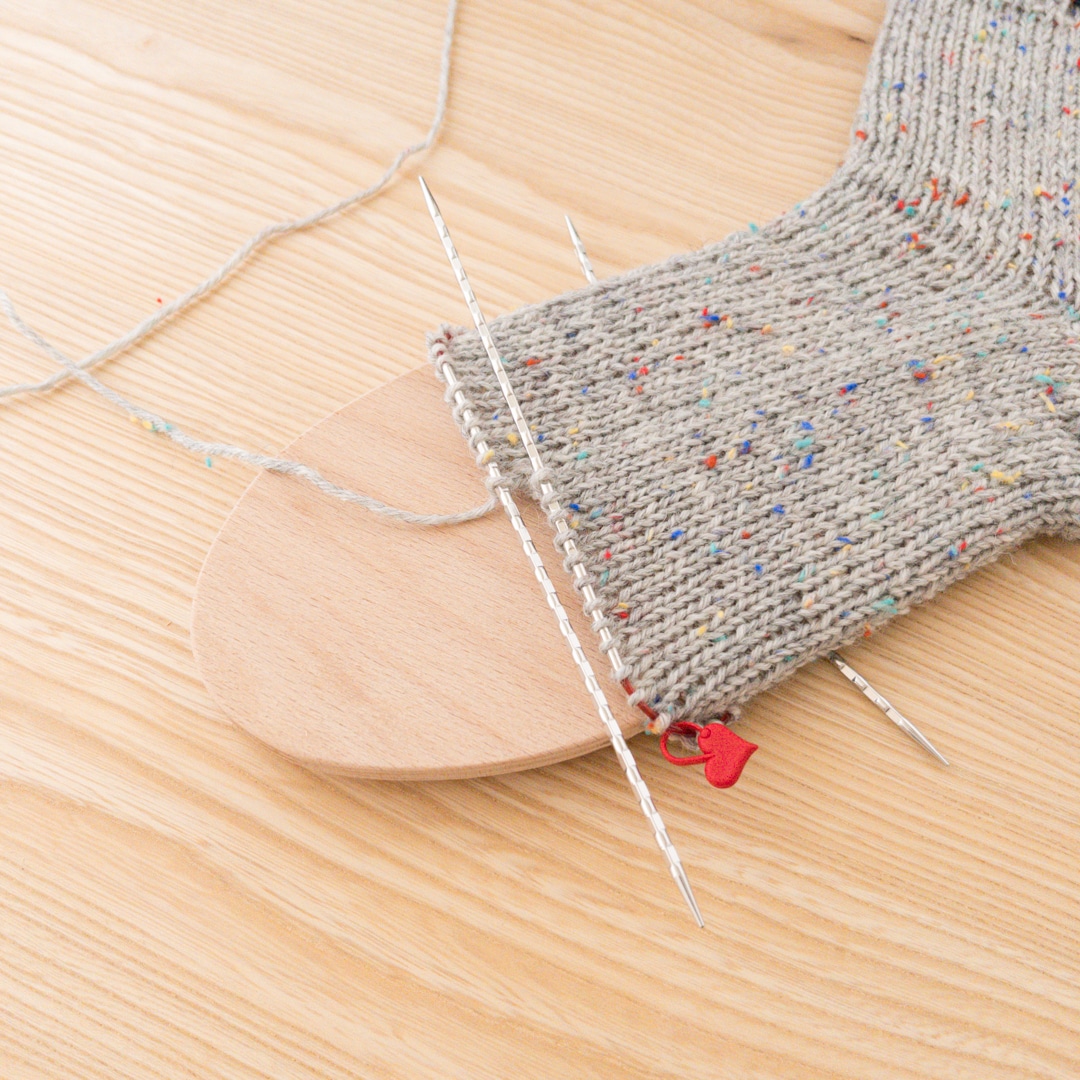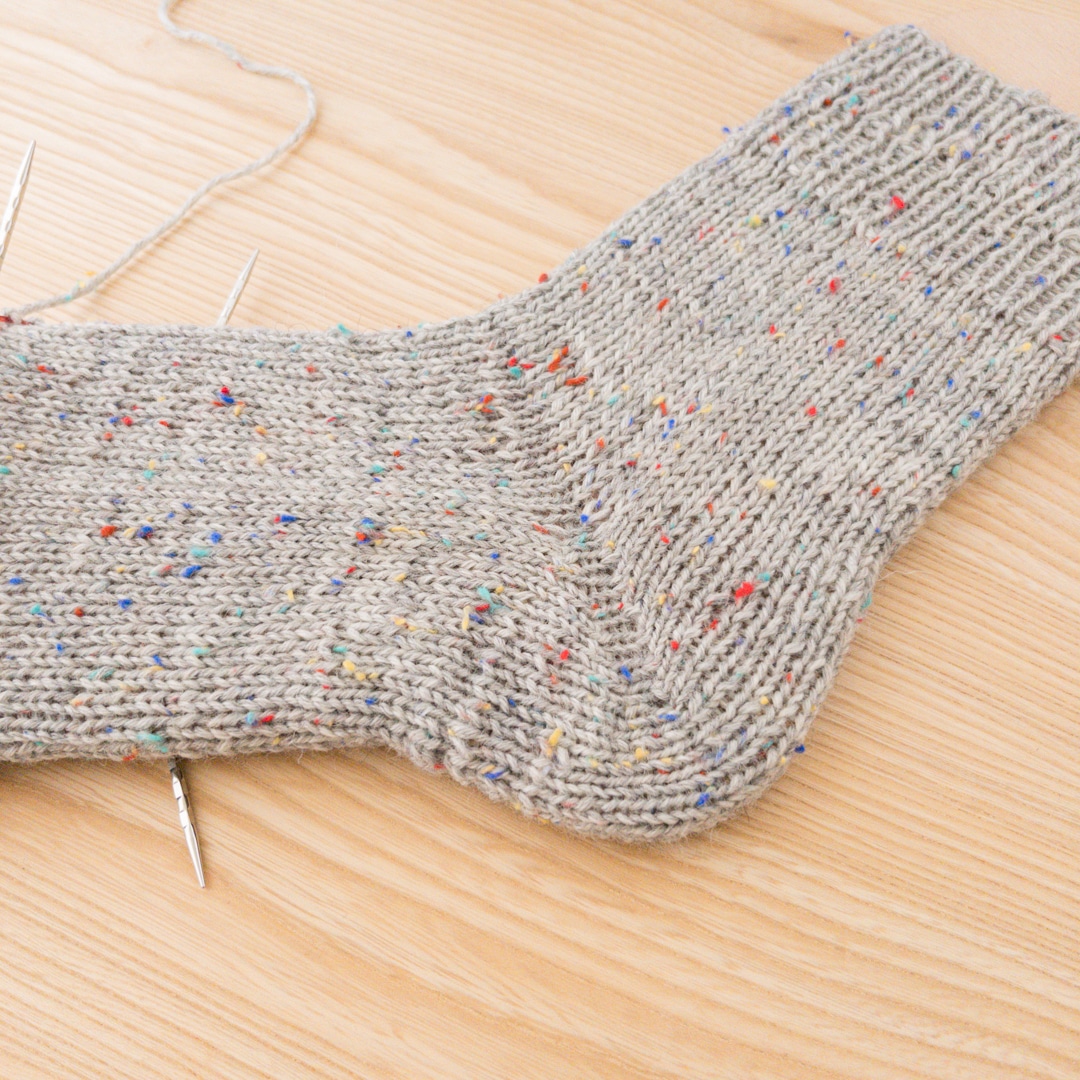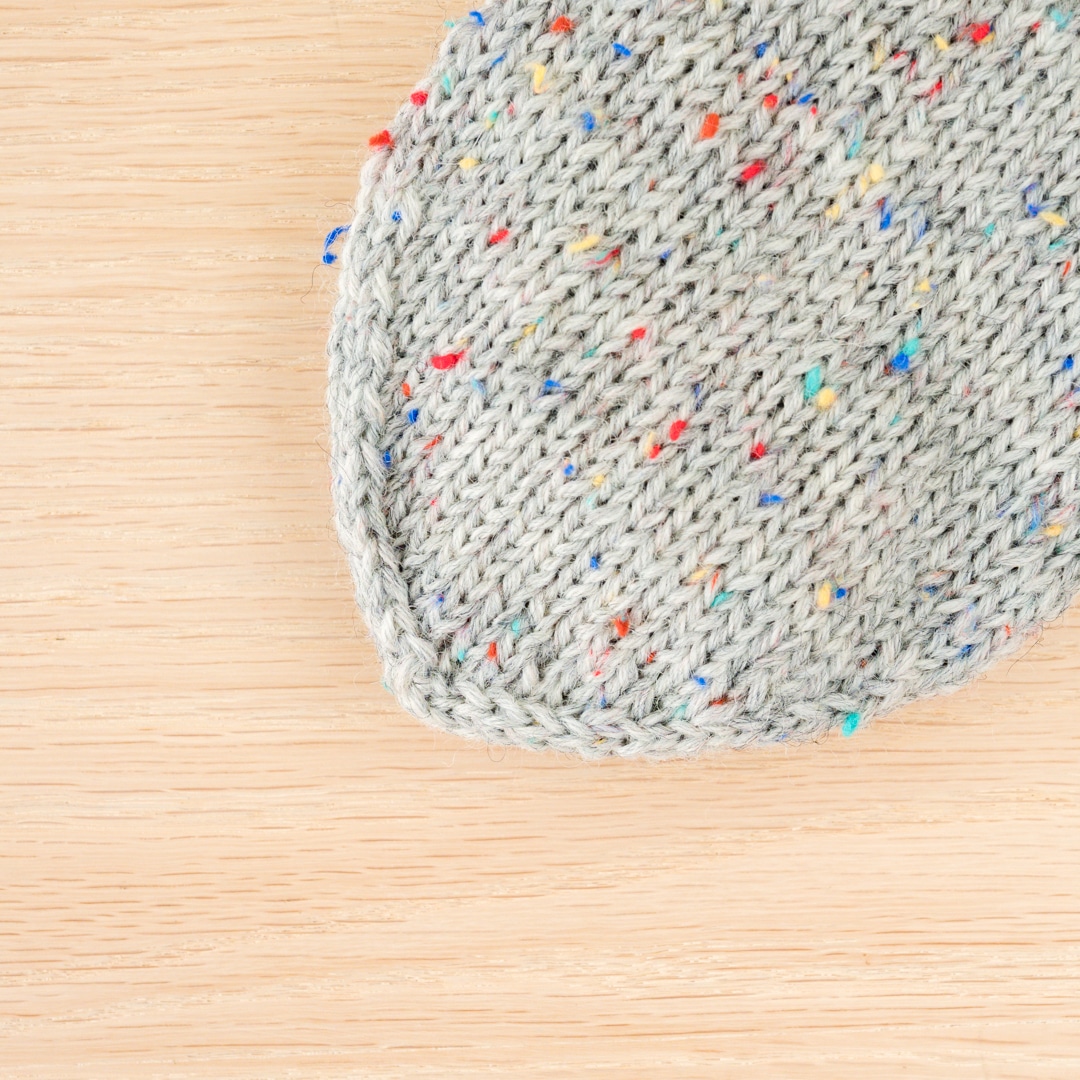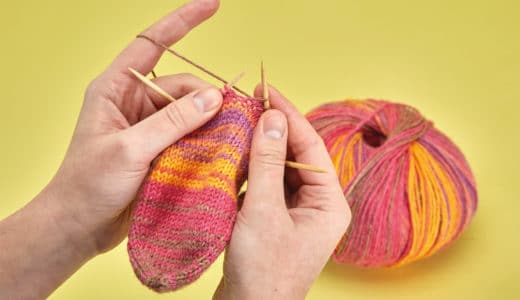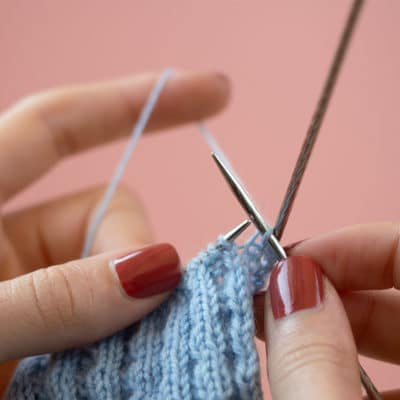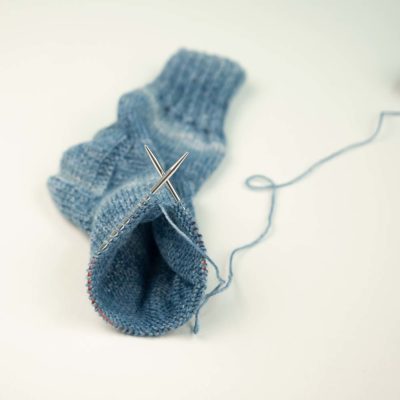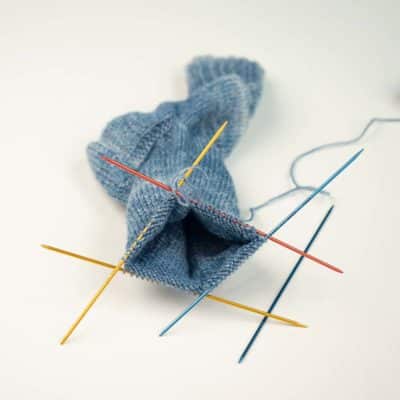Knitting socks with the addiCraSyTrio
The basic instructions for knitting socks with the addiCraSyTrio. The stitches are distributed over two needles and are knitted with the third needle – meaning only two needle changes per row.
Thanks to the flexible middle part, the needle adjusts to every individual hand.
You can also find these instruction for the mini circular knitting needle addiSockenwunder here.

- Sock yarn 4-ply, 6-ply or 8-ply
- addiCraSyTrio needles in thickness matching the yarn:
- addiCraSyTrio Short (21 cm)
- addiCraSyTrio Bamboo Short (24 cm)
- addiCraSyTrio Novel Long (30 cm)
- addiCraSyTrio Unicorn Long (30 cm)
- optional stitch marker
What is the addiCraSyTrio (US FlexiFlips)?
The addiCraSyTrio is a set of three Double Pointed Needles with flexible middle part that adapts to any hand. They are perfect for knitting rounds with small diameters. Knit rounds with only two needle changes per round.
Perfect for socks, gloves, sleeves, hats and co. Just give it a try. The idea for this fantastic and patented needle game comes from knitting expert Sylvie Rasch, CraSy

What is the addiCraSyTrio (US FlexiFlips)?
The addiCraSyTrio is a set of three Double Pointed Needles with flexible middle part that adapts to any hand. They are perfect for knitting rounds with small diameters. Knit rounds with only two needle changes per round.
Perfect for socks, gloves, sleeves, hats and co. Just give it a try. The idea for this fantastic and patented needle game comes from knitting expert Sylvie Rasch, CraSy

What wool do I need to knit socks?
Sock yarns come in three different strengths:
- 4-ply
- 6-ply
- 8-ply
The designation means that 4, 6 or 8 very thin threads have been spun into one yarn. Therefore, 8-ply sock wool is about twice as strong as the 4-ply version.
The regular sock yarns are usually 4-ply, but 6-ply yarns for thicker socks can also be found in many shops.
8-ply sock yarns are rarer to get. Because of their thickness, these are used more for house socks, as the socks are knitted very quickly but do not fit well in shoes.

What wool do I need to knit socks?
Sock yarns come in three different strengths:
- 4-ply
- 6-ply
- 8-ply
The designation means that 4, 6 or 8 very thin threads have been spun into one yarn. Therefore, 8-ply sock wool is about twice as strong as the 4-ply version.
The regular sock yarns are usually 4-ply, but 6-ply yarns for thicker socks can also be found in many shops.
8-ply sock yarns are rarer to get. Because of their thickness, these are used more for house socks, as the socks are knitted very quickly but do not fit well in shoes.
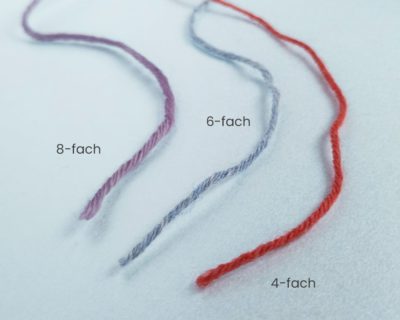
Attributes of the different sock-wool qualities:
4-ply
- Sock yarns come in three different strengths.
- 4-ply is the standard yarn for socks. It is the thinnest sock yarn, which is why it is also knitted with fine needles (needle size 2.5 - 3.0 mm), so that the sock is tight.
- Due to a higher number of stitches (see sock chart 4-ply) needed to knit your corresponding shoe size according to the sock chart, you will need a little longer than with a thicker yarn.
- Advantage: of 4-ply sock wool: The socks can be worn in all shoes because they are rather thin.
- For a pair of socks you usually need about 100g of sock wool (up to size 46). This usually corresponds to one ball.
6-ply
- Sock yarns come in three different strengths.
- The 6-ply yarn is a medium weight for somewhat thicker socks. It can be knitted with needle size 3.0 - 4.0 mm.
- Advantage: Due to its strength, fewer stitches are needed (see sock chart 6-ply) and knitting socks is a little faster - ideal for beginners.
- For a pair of socks you usually need about 150g of sock wool (up to size 46). This usually corresponds to one ball.
8-ply
- Sock yarns come in three different strengths.
- The 8-ply yarn is the thickest quality and particularly suitable for home socks that are not worn in shoes. It can be knitted with a needle size of 4.0 - 5.0 mm.
- Advantage: With the thick sock wool, even large socks can be knitted particularly quickly.
- For a pair of socks you usually need 150g of sock wool (up to size 42) and approx. 200g (up to size 46). A ball usually contains 150g.
This is how it works:
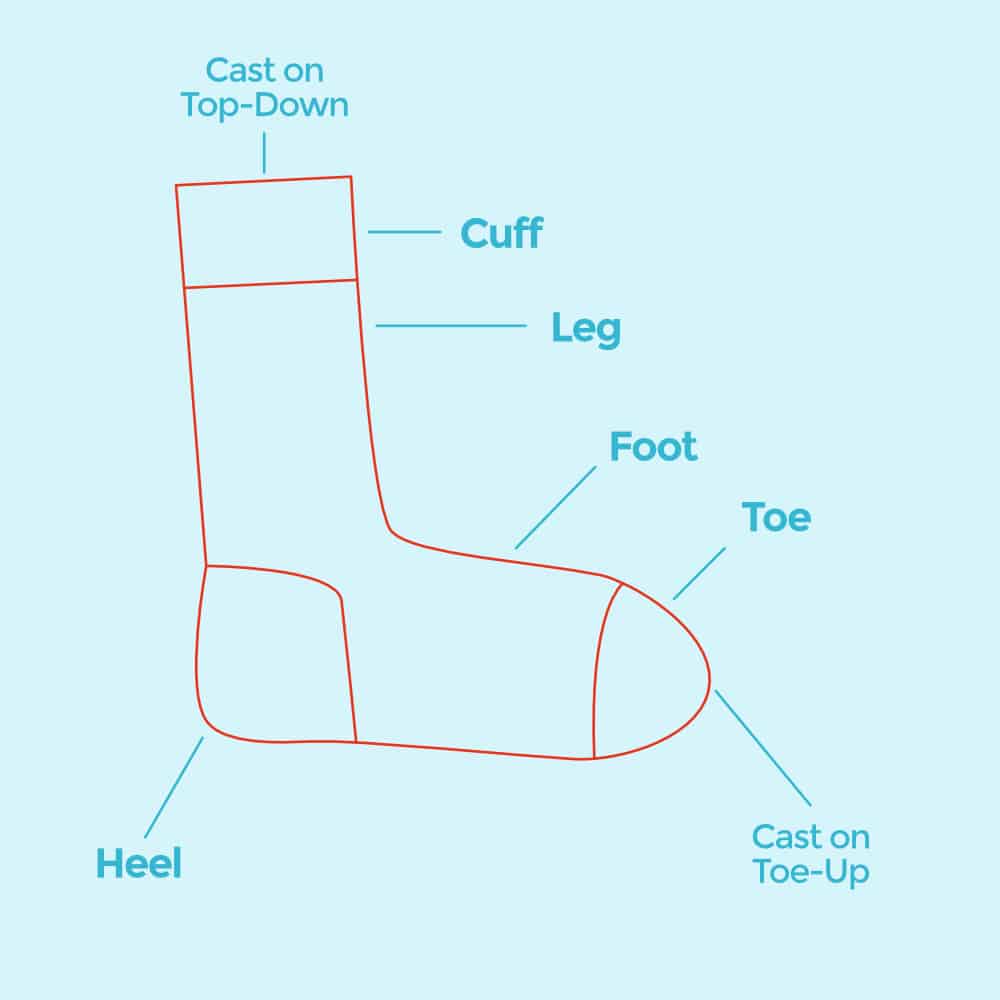
This is how it works:
Sock chart Top-Down
(from the cuff to the toe)
Sock chart Top-Down 4-ply:
- Sock wool 4‐ply (420m, 100g) (384 yd, 3.5 oz)
- Gauge: 30 stitches/ 42 rows = 4″x4″ (10×10 cm)
| Shoe size EU | 17/18 | 19/20 | 20/21 | 22/23 | 24/25 | 26/27 | 28/29 | 30/31 | 32/33 | 34/35 | 36/37 | 38/39 | 40/41 | 42/43 | 44/45 | 46/47 | 48/49 |
| Stitches total CO | 36 | 36 | 40 | 40 | 44 | 48 | 48 | 52 | 52 | 56 | 56 | 60 | 60 | 64 | 68 | 72 | 76 |
| Sts per needle addiCraSyTrio | 18 | 18 | 20 | 20 | 22 | 24 | 24 | 26 | 26 | 28 | 28 | 30 | 30 | 32 | 34 | 36 | 38 |
| Sts per needle dpn | 9 | 9 | 10 | 10 | 11 | 12 | 12 | 13 | 13 | 14 | 14 | 15 | 15 | 16 | 17 | 18 | 19 |
Sock chart Top-Down 6-ply:
- Sock wool 6‐ply (380m, 150g) (347 yd, 5.3 oz)
- Gauge: 22 stitches/ 30 rows = 4″x4″ (10×10 cm)
| Shoe size EU | 17/18 | 19/20 | 20/21 | 22/23 | 24/25 | 26/27 | 28/29 | 30/31 | 32/33 | 34/35 | 36/37 | 38/39 | 40/41 | 42/43 | 44/45 | 46/47 | 48/49 |
| Stitches total CO | 28 | 28 | 32 | 32 | 36 | 36 | 40 | 40 | 44 | 44 | 48 | 48 | 52 | 52 | 56 | 56 | 60 |
| Sts per needle addiCraSyTrio | 14 | 14 | 16 | 16 | 18 | 18 | 20 | 20 | 22 | 22 | 24 | 24 | 26 | 26 | 28 | 28 | 30 |
| Sts per needle dpn | 7 | 7 | 8 | 8 | 9 | 9 | 10 | 10 | 11 | 11 | 12 | 12 | 13 | 13 | 14 | 14 | 15 |
Sock chart Top-Down 8-ply:
- Sock wool 8‐ply (300m, 150g) (274 yd, 5.3 oz)
- Gauge: 20 stitches/ 28 rows = 4″x4″ (10×10 cm)
| Shoe size EU | 17/18 | 19/20 | 20/21 | 22/23 | 24/25 | 26/27 | 28/29 | 30/31 | 32/33 | 34/35 | 36/37 | 38/39 | 40/41 | 42/43 | 44/45 | 46/47 | 48/49 |
| Stitches total CO | 24 | 24 | 28 | 28 | 32 | 32 | 36 | 36 | 40 | 40 | 44 | 44 | 48 | 48 | 52 | 52 | 56 |
| Sts per needle addiCraSyTrio | 12 | 12 | 14 | 14 | 16 | 16 | 18 | 18 | 20 | 20 | 22 | 22 | 24 | 24 | 26 | 26 | 28 |
| Sts per needle dpn | 6 | 6 | 7 | 7 | 8 | 8 | 9 | 9 | 10 | 10 | 11 | 11 | 12 | 12 | 13 | 13 | 14 |
Knitting cuff and leg
- Die erforderliche Maschenanzahl „Stitches total CO“ auf zwei Nadeln anschlagen und eine Nadel so herausziehen, dass jeweils auf einer Nadel die Hälfte der Maschen vorhanden ist. Watch the video tutorial here.
- Then fold your 2 needles, the needle with the attached working yarn faces away from the body. The stitches of the resting needle should always be as centred as possible on the needle/cord. The tip of the resting needle should be above the tip of the working needle.
- Now you are working in rounds, using the 3rd needle to knit the stitches. Knit cuff and leg in your desired pattern until your desired length.
Tip: Ideen für verschiedene einfache Bündchenmuster findest du im Beitrag „Knit simple cuff patterns„.

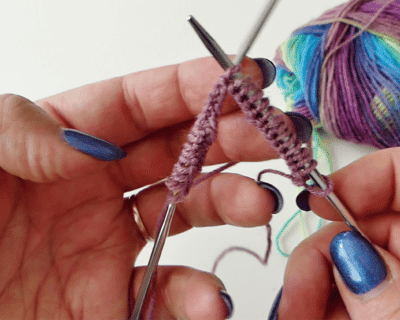
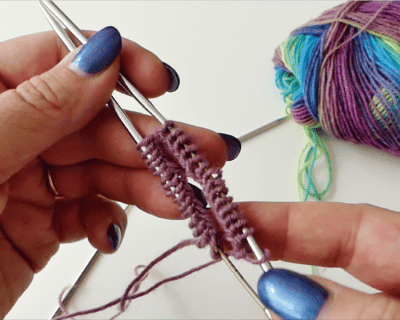
Knitting cuff and leg
- Die erforderliche Maschenanzahl „Stitches total CO“ auf zwei Nadeln anschlagen und eine Nadel so herausziehen, dass jeweils auf einer Nadel die Hälfte der Maschen vorhanden ist. Watch the video tutorial here.
- Then fold your 2 needles, the needle with the attached working yarn faces away from the body. The stitches of the resting needle should always be as centred as possible on the needle/cord. The tip of the resting needle should be above the tip of the working needle.
- Now you are working in rounds, using the 3rd needle to knit the stitches. Knit cuff and leg in your desired pattern until your desired length.
Tip: Ideen für verschiedene einfache Bündchenmuster findest du im Beitrag „Knit simple cuff patterns„.
Knitting the heel
After the cuff and leg you knitting the heel; with the addiCraSyTrio can be worked any heel. How to do it, we explain in the instructions for classic heel and boomerang heel.
- Classic heel
- Boomerang Heel
- Heart heel
- Fleegle heel (need a addiCraSyTrio Long)
Tip: Mehr zur Passform verschiedener Fersen im Beitrag „Which heel is the best for my foot?„


Knitting the heel
After the cuff and leg you knitting the heel; with the addiCraSyTrio can be worked any heel. How to do it, we explain in the instructions for classic heel and boomerang heel.
- Classic heel
- Boomerang Heel
- Heart heel
- Fleegle heel (need a addiCraSyTrio Long)
Tip: Mehr zur Passform verschiedener Fersen im Beitrag „Which heel is the best for my foot?„
The sock in the photos is knitted with a classic heel.
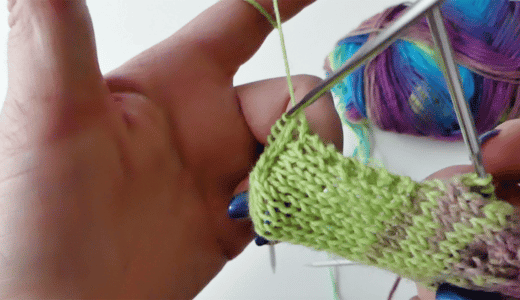
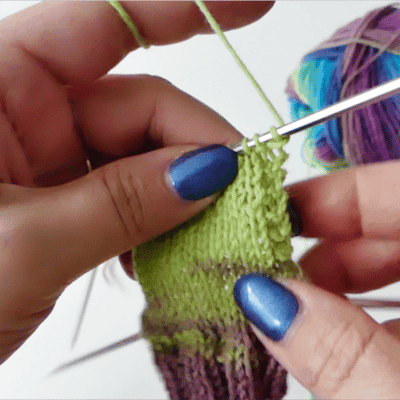

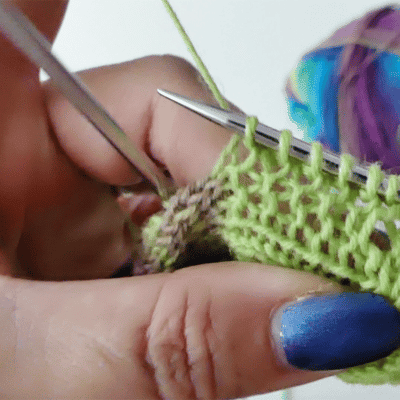
The sock in the photos is knitted with a classic heel.
Knitting the foot
When you have finished the heel, the foot part is knitted. This can be worked in stockinette stitch or with a pattern. Work your foot part as long as required for your shoe size according to the chart.
- Now you are working the foot in rounds until the desired length (see chart) is reached.
Tip: Ideen für verschiedene einfache Sockenmuster findest du im Beitrag „Knitting simple sock patterns„.
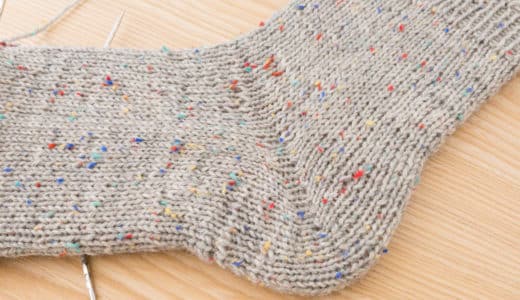
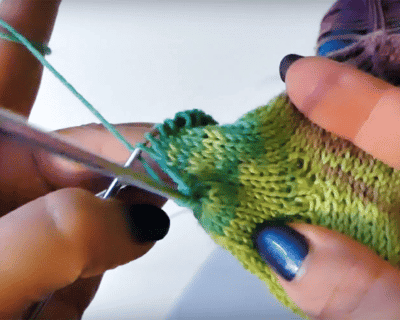
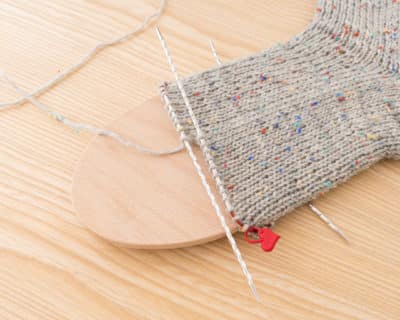
Knitting the foot
When you have finished the heel, the foot part is knitted. This can be worked in stockinette stitch or with a pattern. Work your foot part as long as required for your shoe size according to the chart.
- Now you are working the foot in rounds until the desired length (see chart) is reached.
Tip: Ideen für verschiedene einfache Sockenmuster findest du im Beitrag „Knitting simple sock patterns„.
Knitting the toe
Finally, a sock toe is worked. On the addiCraSyTrio all toes are possible.
The two most famous toes are presented here.
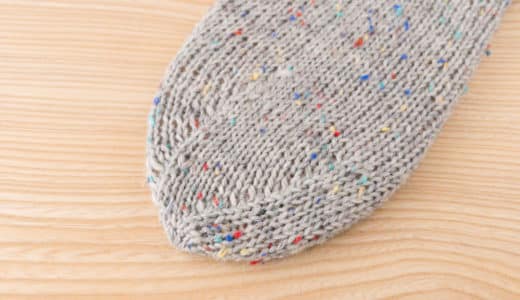

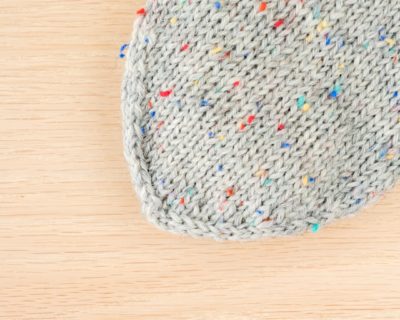
Knitting the toe
Finally, a sock toe is worked. On the addiCraSyTrio all toes are possible.
The two most famous toes are presented here.

